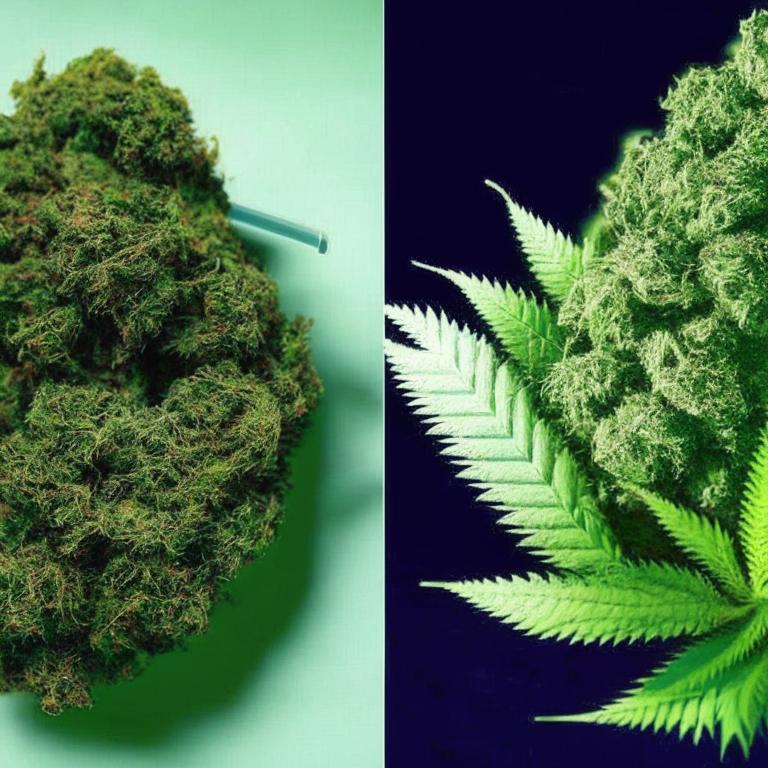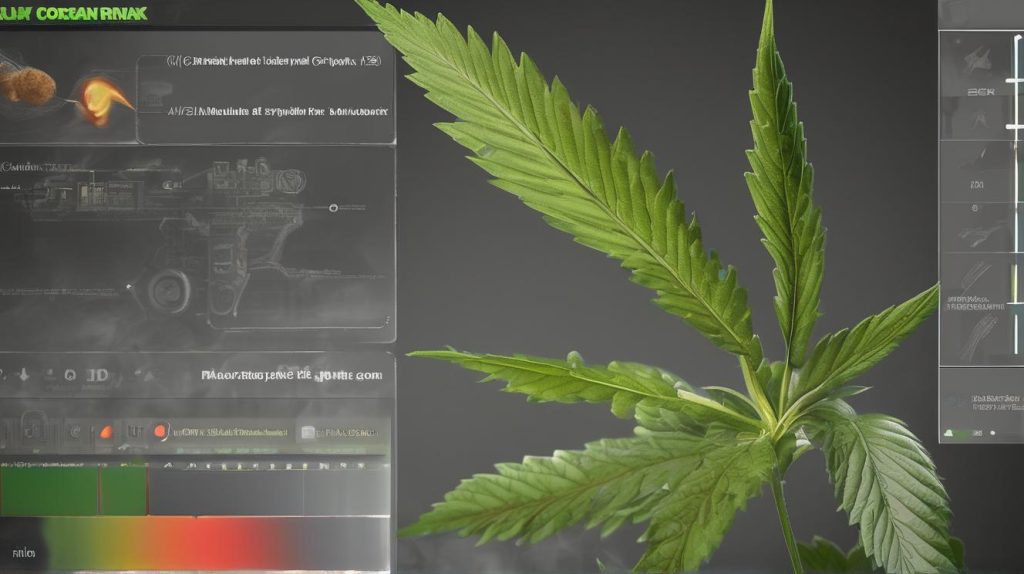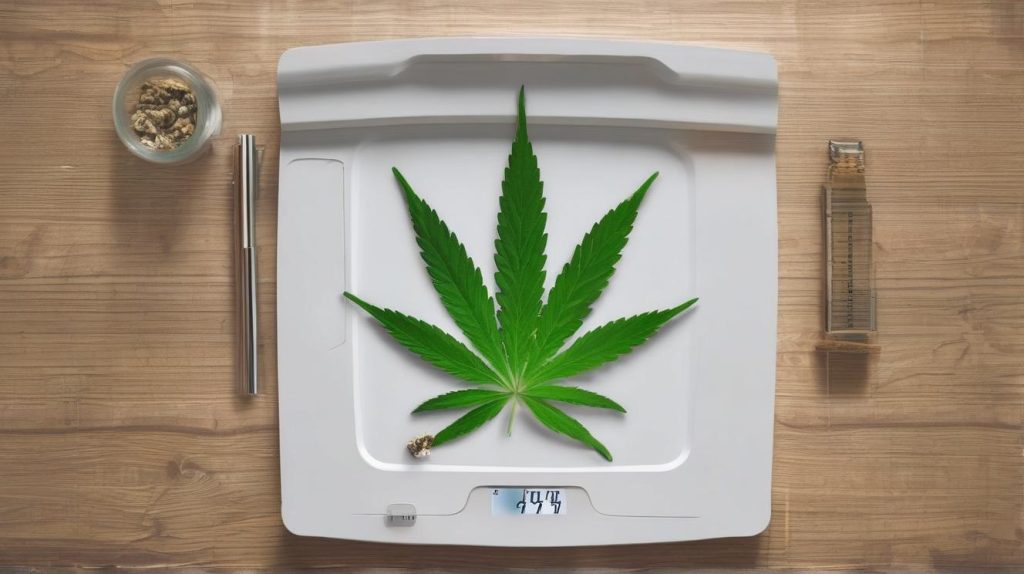Ever found yourself caught in the crosshairs of natural cannabis and synthetic weed? Navigating the green scene can be a bit of a jungle, especially when you’ve got imitations lurking in the shadows. It’s high time we clear the smoke, so to speak. Synthetic marijuana, or as it’s infamously known, fake weed, is like that sketchy knock-off that doesn’t sit right. The effects of synthetic variants can be a real downer, man. So, how do you weed out the synthetic from the organic? Stick around as we trail through the tell-tale signs of synthetic weed.
What Exactly is Synthetic Weed?
Synthetic weed, also known as synthetic cannabinoids, is like the evil twin of natural cannabis. These are artificial, mind-altering chemicals sprayed onto dried plant material, ready to be smoked or vaped. They were first cooked up to mimic the effects of natural cannabis, but trust me when I say they’re far from the real deal.
Now, how do you spot this imposter? Like a snake in the grass, synthetic weed can be sneaky. It often hides behind names like K2 or Spice and might even be sold as herbal incense. But don’t let those fancy names fool you. If it looks like plant material doused in some unknown chemical, chances are, it’s synthetic.
The smell can be another giveaway. Unlike the distinct dank aroma of natural cannabis, synthetic weed can smell more chemical or artificial.
But here’s the kicker – the health risks. Synthetic weed can be much more potent than natural cannabis, but not in a good way. It’s been linked to several nasty side effects, from rapid heart rate and vomiting to hallucinations and seizures.
Decoding the Impact: How Does Synthetic Weed Affect You?
Synthetic weed often comes in shiny, colorful bags, masquerading as harmless stuff like herbal incense or potpourri. Please don’t fall for it, folks! If it looks too glitzy to be true, it probably is.
Now, let’s talk smell. Unlike the earthy, distinct aroma of natural cannabis, synthetic weed can have a more chemical-like, artificial scent. And if you’re thinking the effects of synthetic cannabinoids are just like the real deal, think again.
But here’s the real kicker. Synthetic weed isn’t just a one-trick pony. Its effects can vary wildly between batches, sometimes even between hits. And unlike natural cannabis, routine drug tests don’t usually pick up synthetic cannabinoids.
The Showdown: Synthetic Weed Versus Natural Cannabis
Synthetic weed it’s like the evil step-sibling of our beloved natural cannabis. Crafted in labs, this is a cocktail of chemicals sprayed onto plant material. It often masquerades under names like K2 or Spice, packed in shiny, colorful packets. But don’t be fooled by its flashy exterior.
Natural cannabis, on the other hand, is the real McCoy. It has that distinct earthy aroma and doesn’t need fancy packaging to prove its worth. It’s all about the feel, the flavor, and most importantly, the effects.
Synthetic weed can hit you with unpredictable effects, often more intense than anything natural cannabis would throw your way. So remember, folks, stay sharp and keep it real. Stick to the natural stuff because nothing beats the original.
The Ultimate Guide: Making Sure Your Weed is Not Synthetic
First things first, always get your stash from trusted sources. I can’t stress this enough. It’s like buying sushi; you wouldn’t get it from a sketchy back alley joint, right? The same rules apply here.
Now, let’s get into the nitty-gritty. Real weed comes as full buds, not some hodgepodge of herbs doused in chemicals. If it looks like a salad with a chemical dressing, steer clear, my friends.
Next up is the smell test. Genuine weed has a unique, dank aroma. Synthetic weed? It’s got a distinct, often unpleasant odor that’ll make your nose cringe. You will remember the real thing once you’ve smelled it.
And remember, synthetic weed ain’t natural, no matter what anyone tells you.
Can You Smoke Expired Marijuana? What To Do With Old Weed
First off, let’s get one thing straight. Unlike synthetic cannabinoids, natural cannabis doesn’t exactly ‘expire.’ It won’t morph into something toxic or harmful. But let’s be real; it can lose its magnetism over time. The flavor, aroma, and even the effects can take a hit.
Now, puffing on some ancient weed doesn’t unleash the same health risks as synthetic cannabinoids. You know the ones I’m talking about – those lab-made nightmares that can cause anything from paranoia to seizures. Nah, stale natural cannabis won’t pack that kind of punch.
But here’s the rub. Old weed can be harsher on your throat and lungs, and the high might be lacking. It’s like sipping on flat soda – it’s not harmful, but it’s not enjoyable either.
So, what do you do with old weed? You’ve got options, my friend. Some folks turn it into edibles or tinctures. Others use it for making cannabutter. Remember, the potency might be dialed down a notch, so adjust your expectations accordingly.
All You Need to Know About Moldy Weed
Now, how do you spot this uninvited guest? Well, mold on weed is like that annoying party crasher. It makes itself known. It can look like white, powdery spots or a funky, cobweb-like substance. And the smell? Let’s say it won’t have that distinct, earthy aroma we all love.
So, how do you avoid this mold menace? Storage is key. Keep your natural cannabis in a cool, dark place with just the right amount of humidity. Too dry, and your buds will turn into dust. Too humid, and you’re sending out an open invitation to mold.
And remember, synthetic cannabinoids might not have to worry about mold, but they come with problems. Unpredictable effects, health risks, and, let’s not forget, they’re illegal in many places.
Conclusion
Distinguishing between synthetic and real cannabis is vital for your health and safety. Understanding the differences and knowing how to identify fake weed can help you avoid the risks associated with synthetic cannabis.




